An intranet solution might be just the thing your company is searching for to meet your business needs.
Imagine a platform where you can host all the information and documents your company needs, along with collaboration tools and team communication tools to keep projects moving forward, all in one place. Intranet software can do all this and more, even boosting employee engagement through community spaces and expediting problem solving through help desks and AI chatbots.
Workplaces need a digital hub to keep departments on track and internal operations flowing. But for some industries, such as government, nonprofit and financial, software like an intranet needs to be on-premise to meet security requirements. Often times organizations who handle sensitive information build their intranet in-house, which ultimately leads to a lot of time developing it, a lot resources to build it, and a lot of ongoing time from an IT team to maintain it.
Some intranet vendors, like Axero, offer both options: an intranet that lives on the vendor’s cloud or the ability to self-host through your own server infrastructure.
Let’s take a look at what a self-hosted modern intranet looks like, how it differs from cloud-based options, and why it might be the right solution for you!
What is a self-hosted intranet?
A self-hosted intranet is the ultimate internal hub for your company. If there is any piece of information sharing that needs to go out to all employees—such as company news or policy updates—but it’s not urgent enough for an email, an intranet is a great way to do it.
The beauty of a modern intranet is that it is only accessible to your employees. Unlike an ordinary website, an intranet is closed to everyone but your employees’ logins. A strong intranet, with social networking features, plays a critical role in the digital workplace, helping organizations foster collaboration and boost user engagement across dispersed teams. A social intranet also helps employees connect on a personal level, strengthening workplace culture while ensuring they always have access to relevant content.
What does ‘self-hosted’ mean?
The infrastructure of an intranet has to live somewhere on a server. Many intranet platforms are cloud-hosted, meaning the server is hosted and managed on the vendor’s private cloud. However, some open source software also offers a self-hosted option. This means that you host the intranet on your own server.
When you use a cloud-based intranet, maintenance such as updates and patches is handled by the service provider. With a self-hosted solution, the IT teams in your company take ownership of these updates instead. Having this control allows you to customize the platform, manage team communication, implement workflow automation and even fine-tune technical support processes to meet your unique needs.
Self-hosting also requires stronger security protocols and compliance since everything is handled in-house. If you opt for a cloud-based intranet platform, the provider will take care of this for you. But for many organizations, having deeper control over compliance, enterprise grade security, and knowledge management practices is a deciding factor. One study from 2024 discovered that 94% of SMBs have experienced at least one cyberattack in the last year. Security and compliance needs to be a top priority for any business regardless of the industry they work in.
Open Source vs Self-Hosted
Occasionally, you may see the term “open source” used alongside “self-hosted.” While they can overlap, they are not the same.
- Open source refers to software where the source code is publicly available. It’s free to download, and you can alter it in any way you see fit.
- Self-hosted intranets may be open source, but they can also be licensed solutions hosted on your own servers.
Open source solutions can be great for those who want maximum flexibility and deep customization—but they require technical expertise. Many organizations choose licensed self-hosted intranet solutions to balance key features, scalability, and control.
Key features of a self-hosted intranet platform
If you are interested in a self-hosted intranet solution, you’re in the right place. Here’s key features to consider when choosing your platform:
Hub sites
Think of your intranet as a series of islands. You might want one for knowledge management, document management, company news, another for social networking or social content features and internal communication notices. These hub sites allow you to easily arrange and manage communication in a way that supports both structure and flexibility.
You can arrange these however you choose. Whether you work in strict teams and departments or are used to cross-team collaboration, a modern intranet should be flexible enough to support how employees work best.
Security and compliance
Security and compliance will always be two of the most important features you need for an intranet. Even if you are not exploring open-source intranet solutions and the need to handle security yourself, your organization should still have a good grasp of what is needed to keep your knowledge base and data safe and secure. For regulated industries, enterprise grade security is a must.
Security isn’t just about ensuring threats from the outside don’t gain access to your company’s digital workspace. You also need to make sure that employees know how to behave correctly in these spaces. Establish a code of conduct for these tools, and ensure access control is in place for sensitive data and documents that should not be accessible to everyone. There will be a right way and a wrong way to behave on your intranet, and you need to make sure you enforce it well. Self-hosted intranets make it possible to apply organization-specific compliance rules while maintaining high employee engagement and trust.
High customization
Of course, deep customization is a must for any intranet. Yes, you need to ensure that the knowledge management aspects are set up correctly and resources are easily accessible, but you also need it to look good, too.
High customization allows you to create a space that your employees actually want to engage with. Trying to boost employee engagement is never an easy task, so give them a fun space that is easy to navigate. You have spent so much time on your brand identity; make sure your employees understand it too. A well-designed interface makes employees want to return, which improves both adoption and team collaboration.
Integration capabilities
Nowadays, every business has a range of existing tools employees use in their everyday roles. When creating an intranet, you want these enterprise tools to easily integrate with your new platform so task management is as simple as can be. Look for advance features such as AI-powered search, analytics, and automation to make everyday workflows more efficient.
A well-structured intranet like Axero can integrate with hundreds of popular widgets and third-party applications commonly used across business, from the Google Workspace and Microsoft suite through to content management systems like WordPress. Employees should not have to fight to transfer files and move their work from platform to platform.
Mobile Accessibility
With today’s distributed workforce, mobile accessibility is no longer optional. Whether checking the employee directory, accessing documents, or leveraging AI-powered features, your intranet should work seamlessly on any device.
Easy to use
Not everyone who uses your intranet will be a technical whiz. Though you may have very tech-literate people in your team, you might still have a few non-technical users who need more support when onboarding new tools. Intranets can just have a few basic features, or they can be incredibly complex and need a proper onboarding structure so users know how to use it to its fullest. Having responsive technical support available makes onboarding easier and ensures that employees with questions or challenges get quick answers.
Just because you find a tool intuitive to use does not mean everyone will. Intranets need to work for every employee who has to use them.
What are the advantages of a self-hosted intranet?
Why would you choose a self-hosted intranet solution? Here are some of the advantages of choosing an open source platform:
Full control over data
Having your own servers on-site means you have full control over your company data. It is all physically located on premise rather than in a third party’s data centre. If you operate in a heavily regulated industry such as finance or healthcare, you may have a regulatory and compliance obligation to hold sensitive data securely in your facilities rather than in the cloud.
Custom security and compliance
With an on-site, self-hosted intranet, you can implement your own firewalls, encryption methods and access policies. This makes it easier for you to comply with region-specific regulations like GDPR or tight industry standards that require strict control over data storage and access.
Performance and reliability
You have full control over your server capacity, backup processes, and uptime guarantees. This helps to give better performance to any employees who usually work from the office rather than remotely. Don’t think this is just a benefit for in-office employees; remote workers can benefit through your IT team setting up VPNs, private cloud environments, or even regional servers.
Limited-connectivity access
A self-hosted intranet can be configured to run on a local network. In the event that the WiFi goes down (something that can bring most modern companies to a grinding halt), employees can still access critical information on this local network with the right configurations. This can prove to be especially valuable in industries such as manufacturing, transportation, or healthcare, where staff need to maintain reliable access no matter what. Having a cache or local access to key resources means there is no reliance on continuous connectivity to a cloud vendor, allowing for efficient file sharing.
Independence from vendor limitations
Cloud hosting is convenient, but it does mean that you are reliant on someone else’s schedule. Your vendor will have their own downtime schedule, upgrade cycles, and feature roadmap to adhere to. When you are self-hosted, you have more control over upgrades and integrations and can prioritize them to better suit your internal timelines. This reduces the risk of disruption from forced updates or discontinued features that can come from using a cloud service.
Self-host your intranet and unlock new connectivity for your workforce
The right intranet can transform how your organization handles project management, team communication, and knowledge sharing. While cloud hosting offers convenience and advanced features , self-hosting on premise gives you unmatched control, enterprise grade security, and the flexibility to deliver relevant content in ways that best serve your employees.
Axero offers both cloud-based and self-hosted intranets.With AI-powered features, mobile accessibility, and flexible tools for fostering collaboration, we deliver the functionality organizations need to succeed. From employee directories to company-wide spaces for sharing company news, Axero makes it easier to keep your workforce connected.
Book a demo today to to explore how a modern intranet solution can elevate your digital workplace—and discover whether cloud or self-hosted deployment is the best fit for your teams.
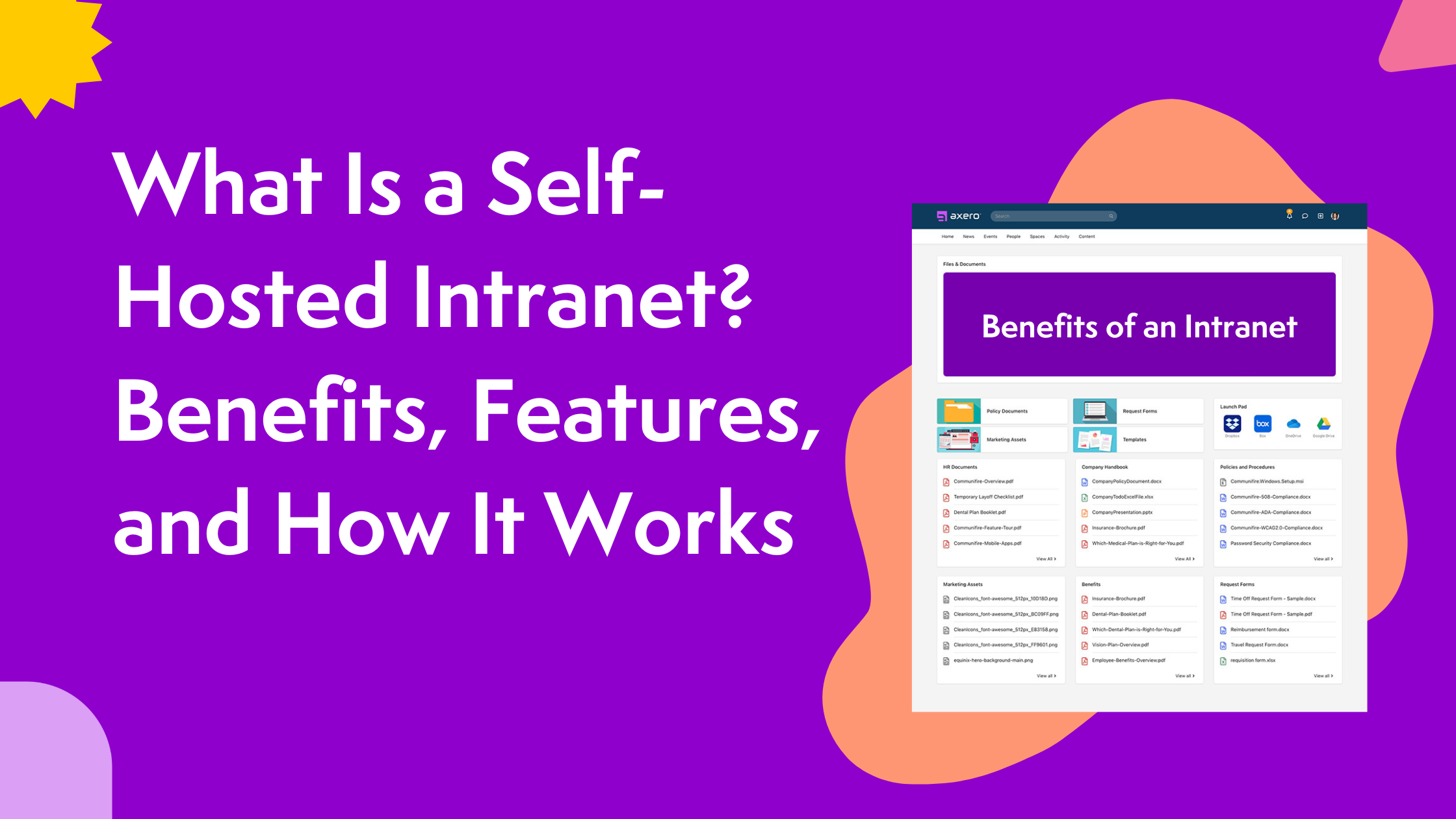

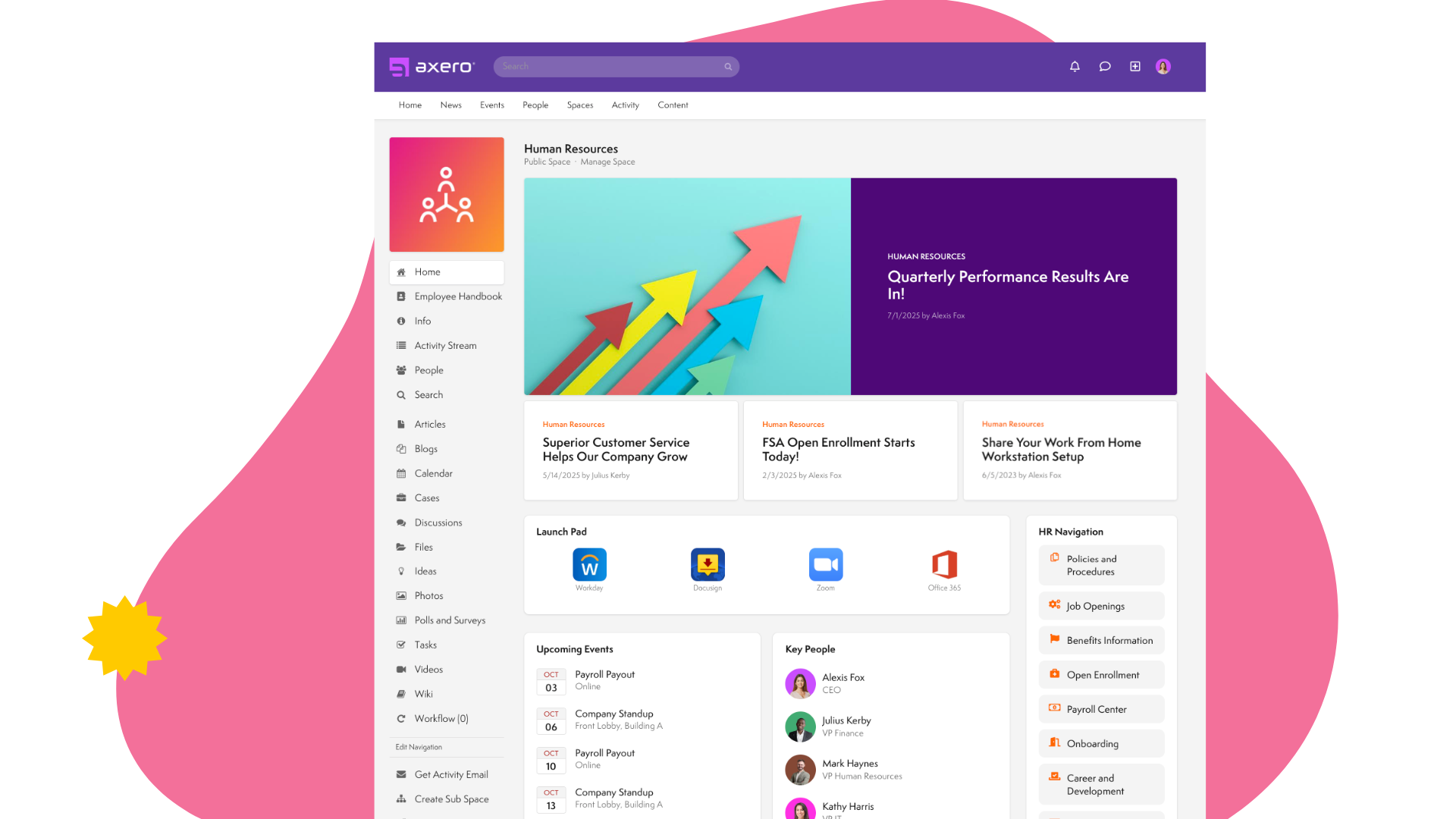


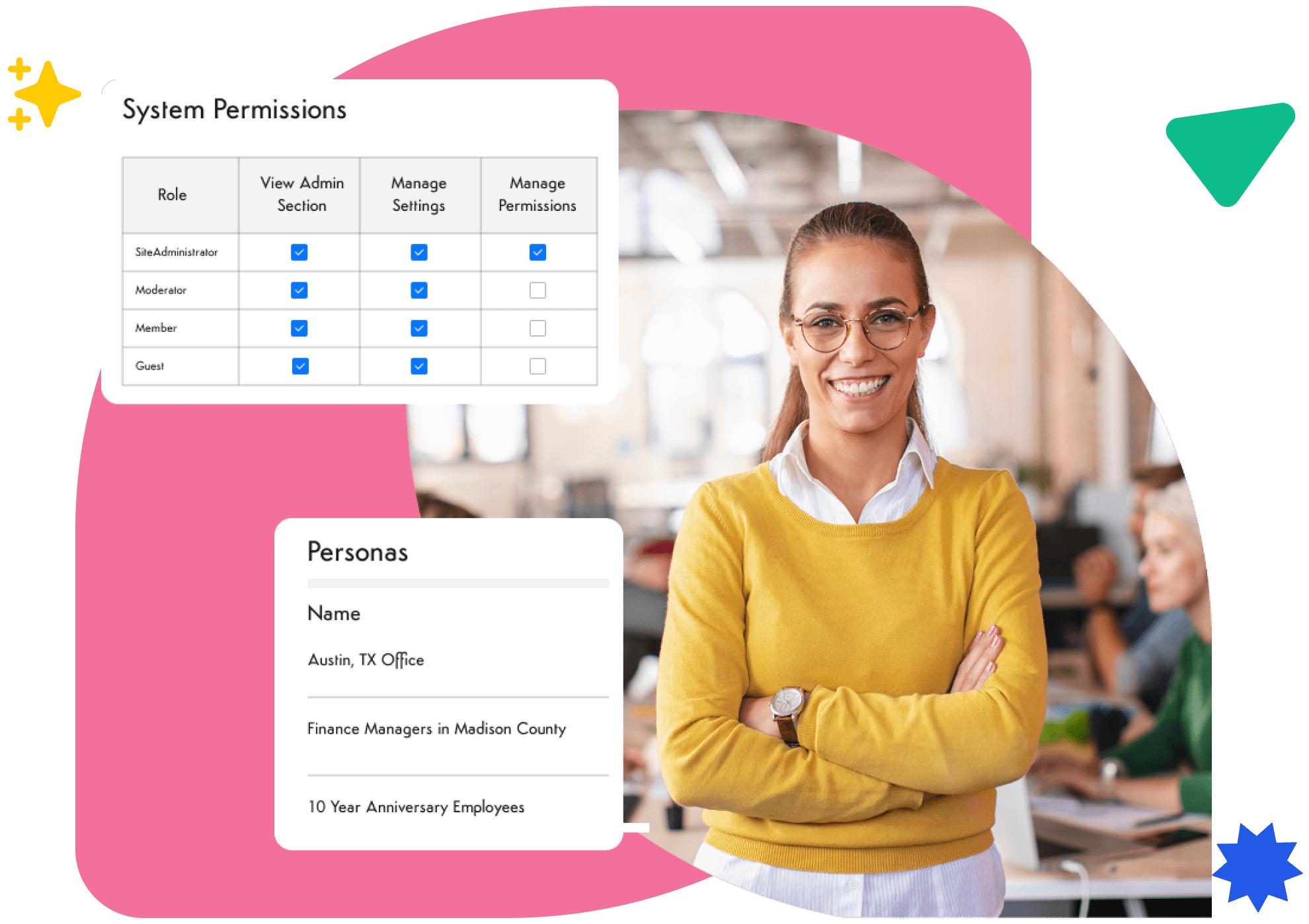

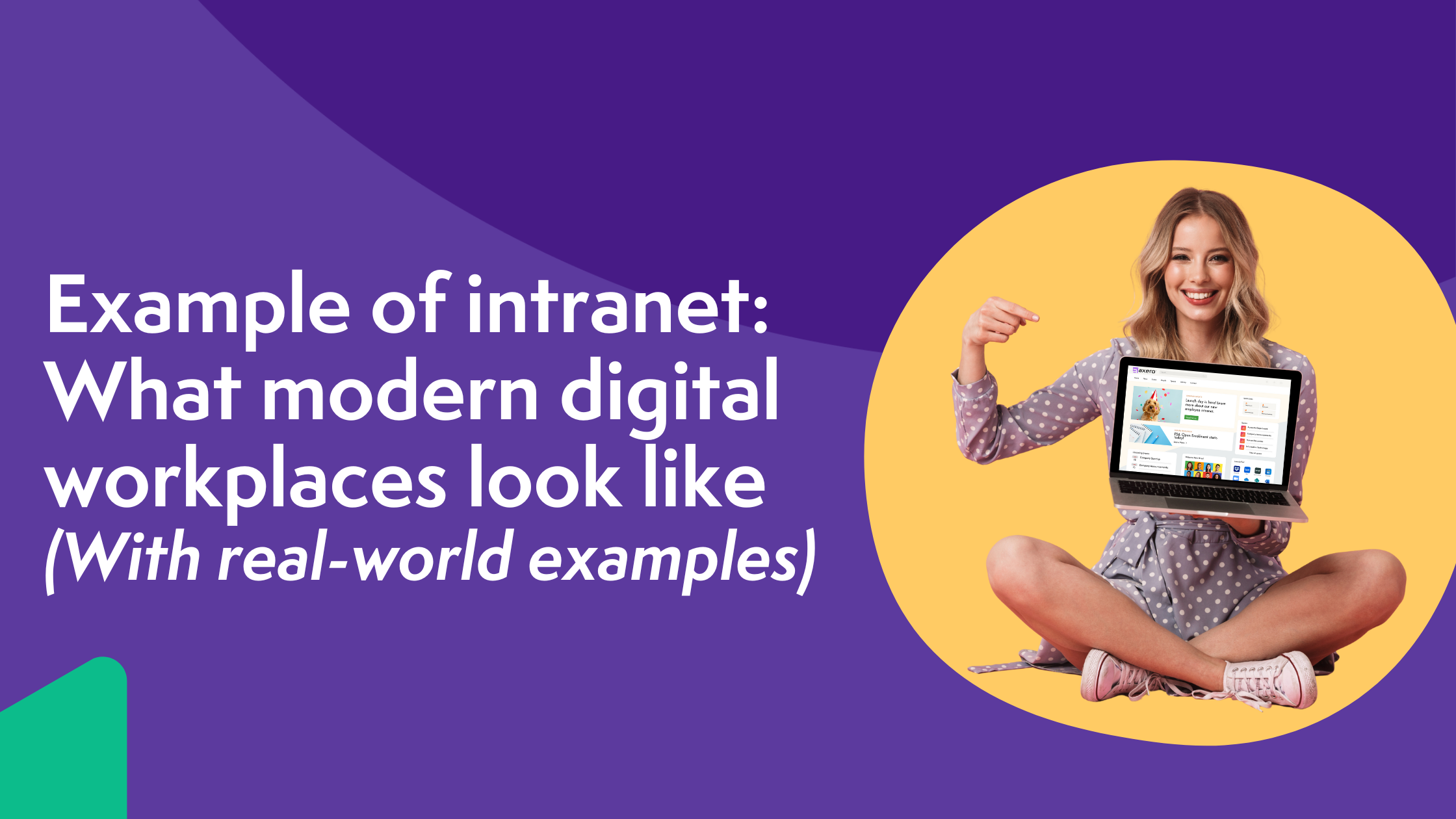

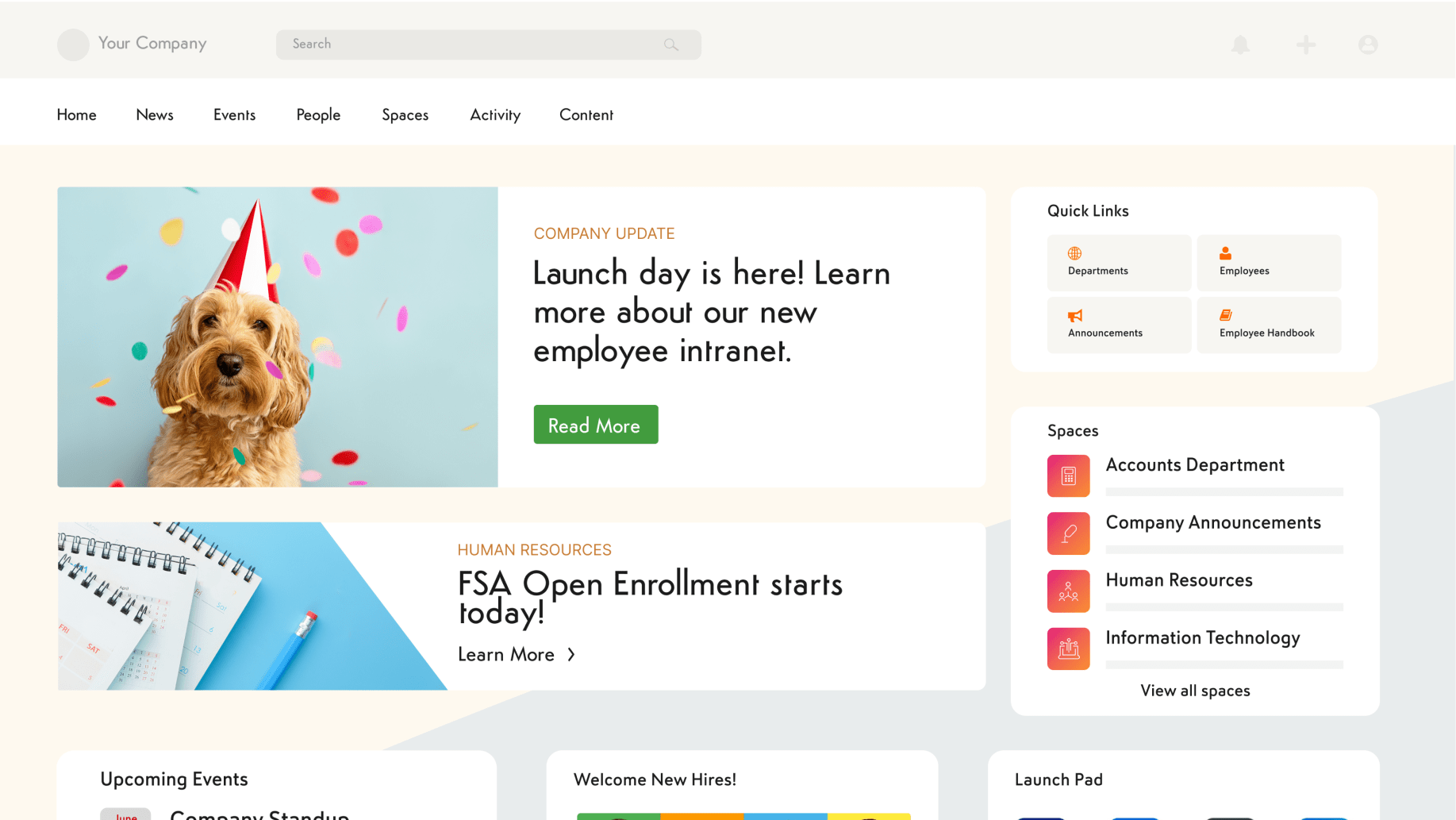







 info@axerosolutions.com
info@axerosolutions.com 1-855-AXERO-55
1-855-AXERO-55


